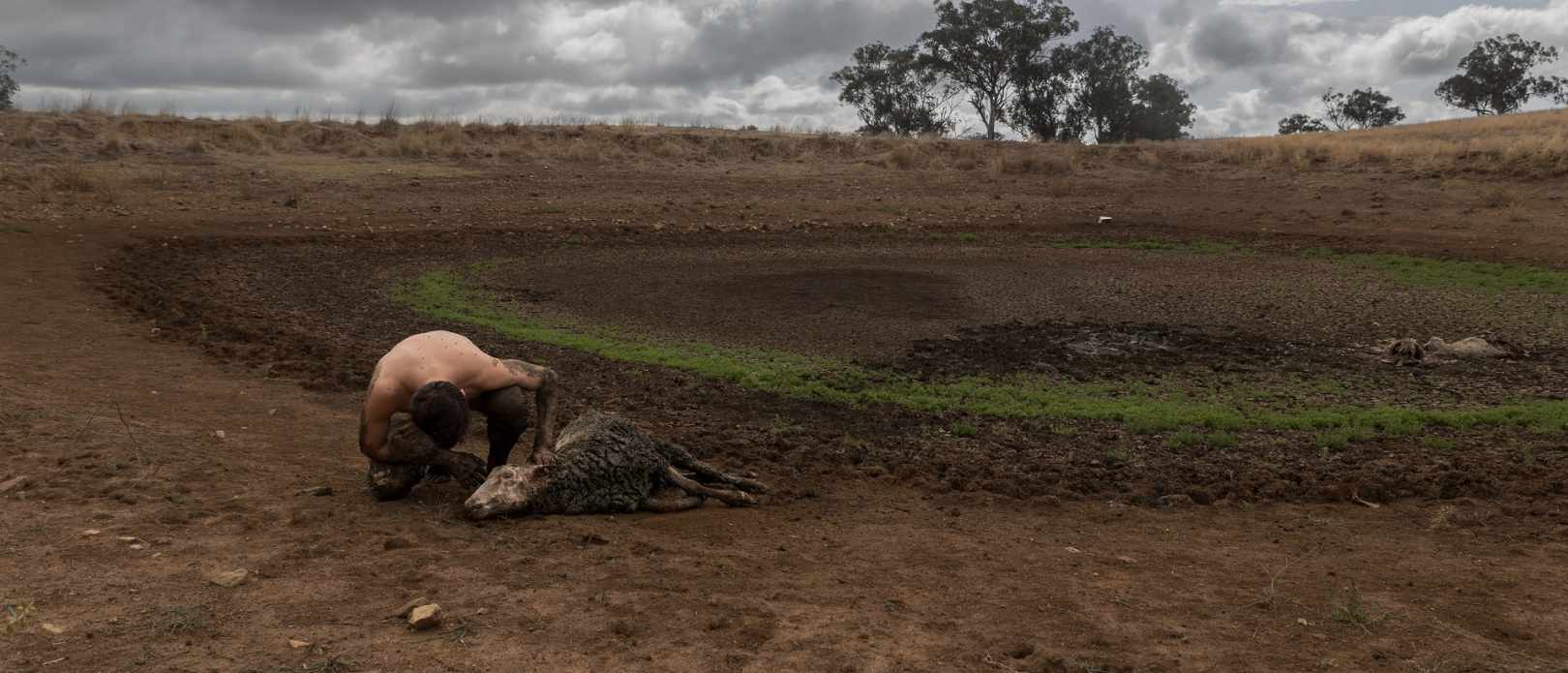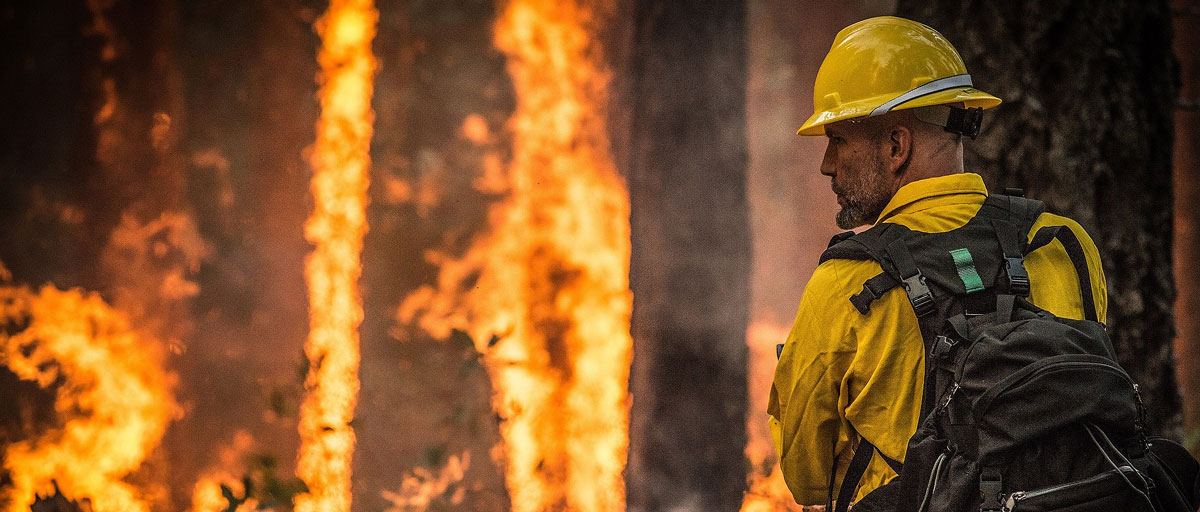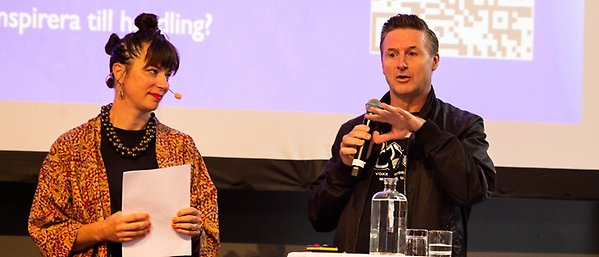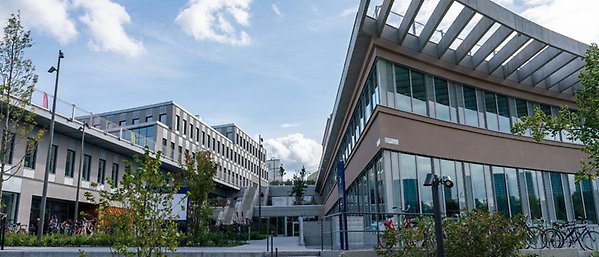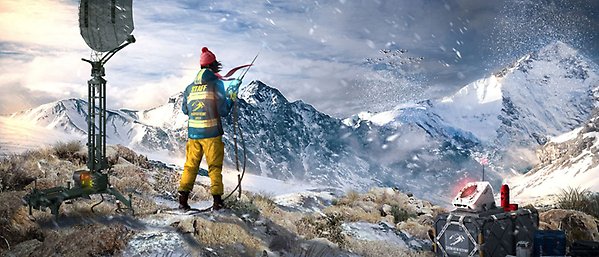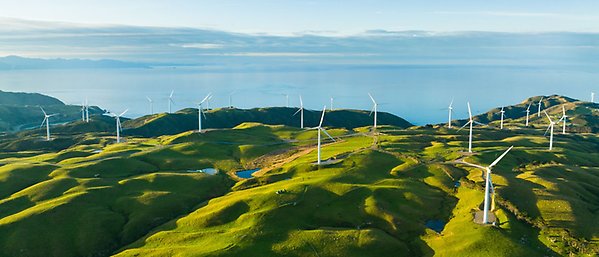Global risks
Five reasons current risk assessments don't work
Researchers doubt current risk assessments are suited for a world whose future is expected to deal with complex, large-scale changes
- A wide range of risk definitions and uses are reviewed and contrasted with knowledge on resilience and complexity of social-ecological systems
- The authors highlight the strengths and weaknesses of the many different risk approaches and outline five major challenges for the future
- Overcoming these challenges could turn risk assessments into a much-needed multi-toolbox for dealing with the “certain uncertainty” of the future
Are our current risk assessments really suited for a world whose future is expected to deal with multiple large-scale environmental and intertwined socio-economic changes?
This question is unpacked in a new article by centre researchers Emmy Wassénius and Beatrice Crona, with special emphasis on sustainability risks.
Published in One Earth, they review and synthesise a range of risk concepts, as well as concepts from resilience thinking, to provide an interdisciplinary understanding of risk.
We highlight five challenges that risk assessments face to tackle complexity today and in the future.
Emmy Wassénius, first author.
Uncertainty, time and risks
The five identified challenges that risk assessments currently face are:
1. Increased uncertainty: In complex systems, the level of randomness can be high. Our impacts on the biosphere can further exacerbate this, e.g., by triggering threshold effects. To assess risks, we need to understand randomness and use assessment methods that capture it.
2. Over-reliance on back casting: The future can be very different from the past and completely unprecedented things can happen. Using the past (“back-casting”) to determine future risks might therefore lead us wrong in the wrong direction.
3. Short time horizons: Risk assessments (e.g. in finance) are often focused on a few years, but to identify the risks of e.g. climate change we must look much further into both the past and the future.
4. Missing social-ecological links: Risks are increasingly related to the complex interactions between humans and nature. Risks can be created and cascade from social to ecological systems and back again (and vice versa). By not capturing these dynamics we miss important risks.
5. More indirect and distant risks: Similarly, in complex systems, risks are created and cascade across scales, e.g. from local to global and back again. We need to understand both “proximate” risks (direct) but also “distal” risks (indirect and sometimes faraway) to capture the full risk landscape.
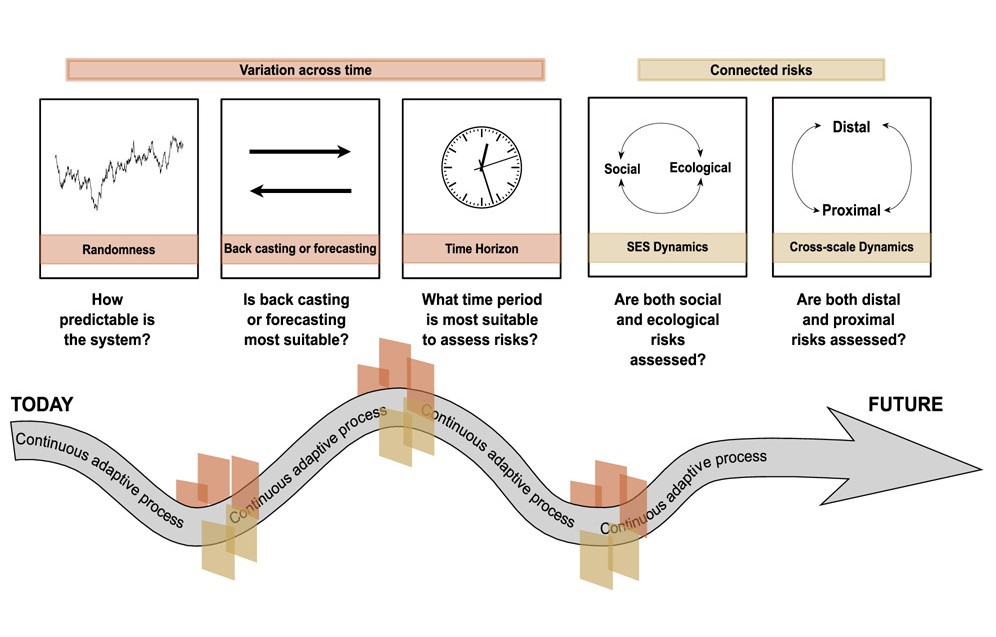
The five identified challenges for assessing complex sustainability risks, grouped into “variation across time” and “connectivity of risks”. The arrow represents time and goes through coloured boxes that represent the challenges, which will need to be addressed continuously in an adaptive process. (SES = social-ecological systems)
Limited engagement of scientists
On a more overarching level, Wassénius and Crona identify two major shortcomings:
- limited engagement of sustainability scientists in risk approaches
- lack of resilience thinking and social-ecological perspectives in risk assessment and mitigation.
However, they also foresee how the situation could be improved by collaboration across academic disciplines and various sectors in society.
“A common understanding of risk across silos could definitely result in better toolboxes of risk approaches for dealing with the certain uncertainty we know we have to deal with in the future,” says Wassénius.
Wassenius, E., Crona, B. 2022. Adapting risk assessments for a complex future. One Earth, Perspective, Vol. 5, Issue 1, p. 35-43. DOI:https://doi.org/10.1016/j.oneear.2021.12.004
